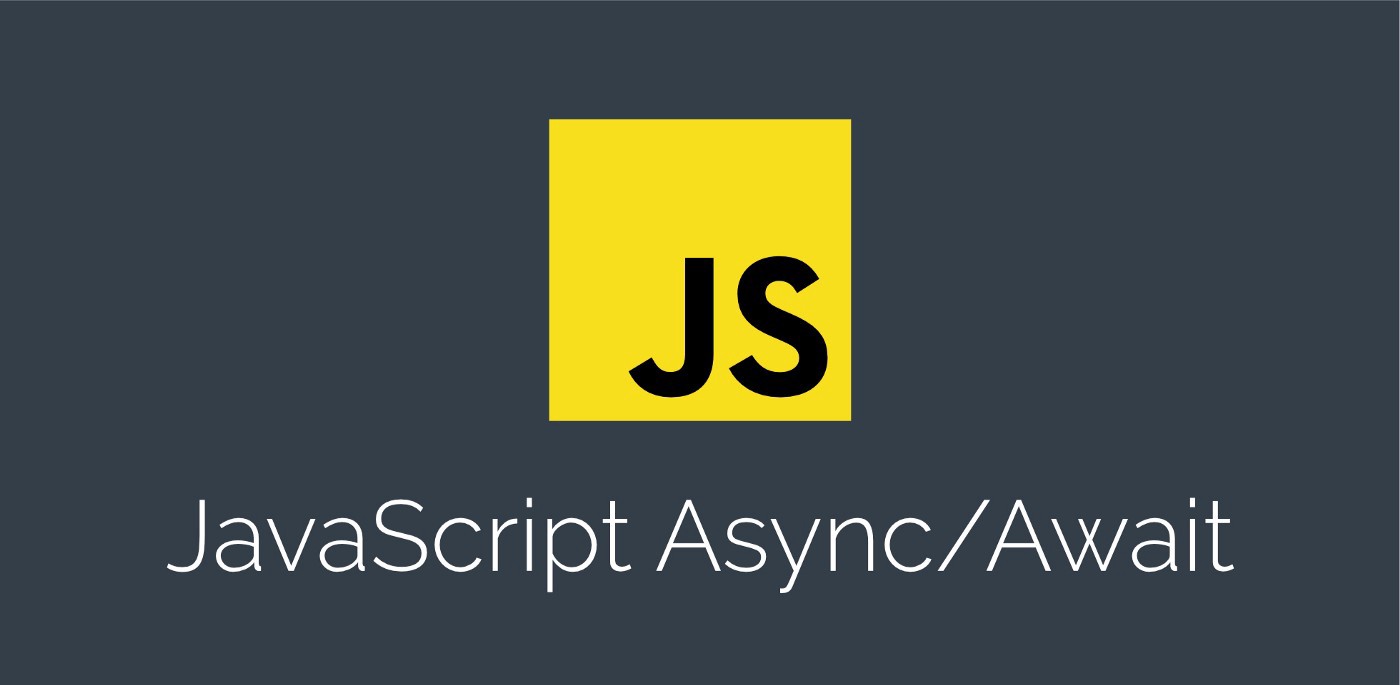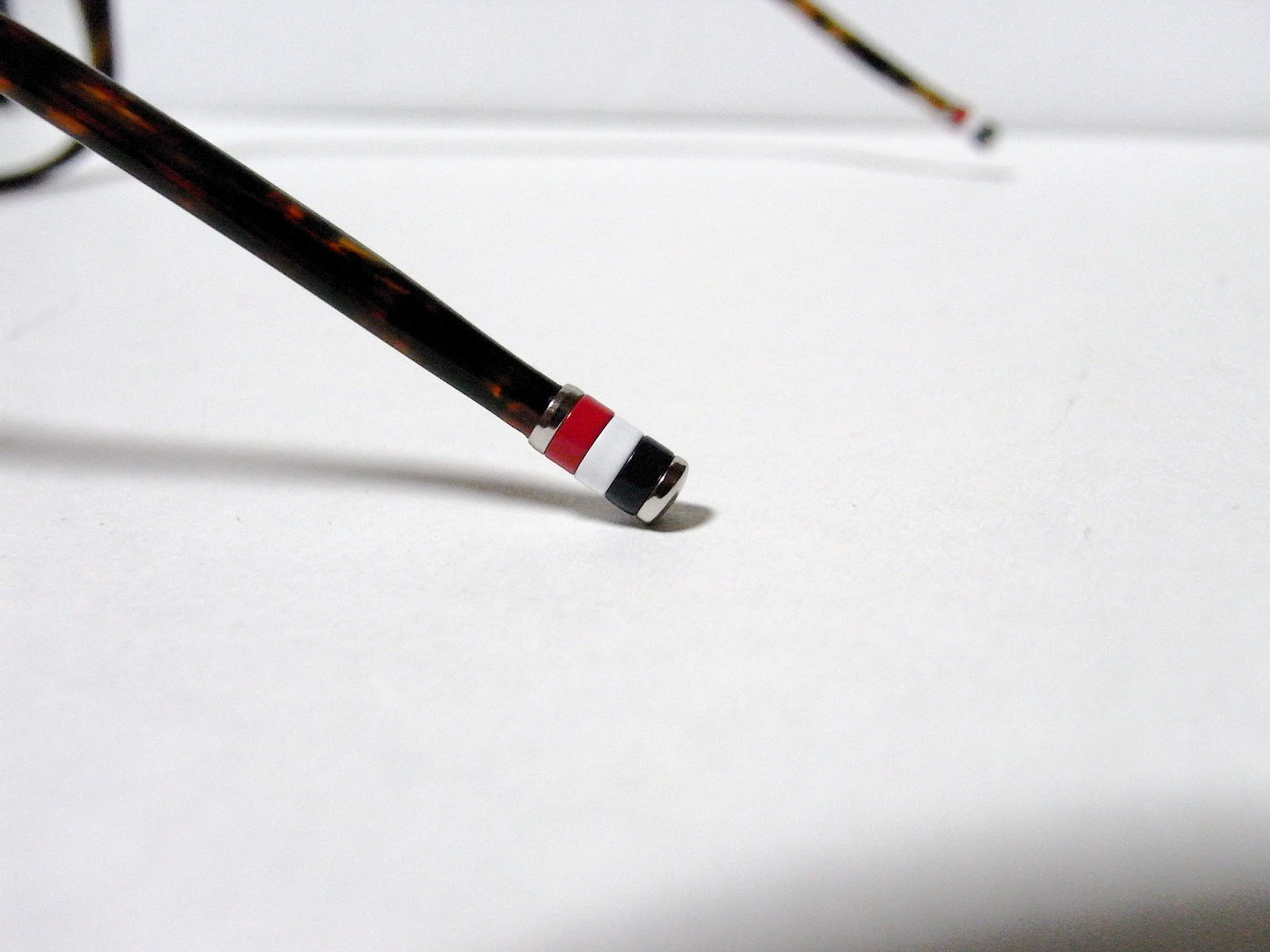The code written in Javascript is executed in synchronous way while, nowadays, the more and more asynchronous functions needed to be used.
Therefore, it is important to be familiar with the evolution of asynchronous behaviors and solutions provided by Javascript: callbacks, promise, async-await.
callbacks
- be more precisely, it is about callback hell: callback in callback in callback in callback function and so on like the exaple below.
const firstCall = () => {
return fetch('someUrl',(response)=> {
let firstRes = response.json()
let secondRes = firstRes.id
return fetch(`otherUrl/${secondRes}`, (response)=> {
let thirdRes = response.userName
return fetch(`someOtherUrl/${thirdRes}`), (response => {
let fourthRes = response.phoneNumber
return fetch(`getUserbill/${fourthRes}`, (response)=> {
let fifthRes = response.billAmount
return fifthRes
})
})
})
})
}
firstCall()Using callbacks is really bad pattern with coding since it makes hard to not only track down the execution-flow, even for the developer who actually wrote it but also debug.
Promise
As using Promise, it is really easy to track the code flow down, thankfully, but still the style with the Promise pattern doesn't looks like a synchronous flow a bit and throws some complexity compare to javascript functions we wrote.
It is because of all the callback functions returned by the Promise in order to keep chaining responses and handling asynchronous execution.
async-await
And now this is the newsest asynchronous solution or pattern brought by ES8, async - await.
This new pattern will have developers to write code about asynchronous execution in a style how synchronous execution fucntion written in.
-
the declaration of
asyncdefines an asynchronous function which returns an AsyncFunction object, which is the instance of the Async Function constructor, allows to use more efficiently and enables asynchronous, promise-based behavior -
when an
asyncfunction is called, it returns Promise with either resolved status when a function returns a value, or rejected status when a function throws an exception or some value -
another keyword
await, provided byasync, will pause the execution of the function declared withasync -
when Promise has been passed into, the execution resumed and returns the resolved value
Example Code below
// standard promise pattern
let getData =() => {
return fetch('someUrl')
.then(response => console.log(response))
.catch(error => console.log(error.message))
}
//async-await pattern
let getData = async() => {
let responseFromServer = ""
try {
responseFromServer = await fetch('someUrl')
console.log(responseFromServer)
}
catch(error) {
responseFromServer = error
console.log(responseFromServer.message)
}
}Look how the code style in async-await is pretty much looks like the pattern of function executed syncrhonously, and the readability has been improved.
little deep dive from the shallow of async-await (just a bit)
-
async function can have zero or as many
awaitexpression as needed -
awaitexpression will pause or suspend the execution through out the entire async function, yielding control of execution and subsequently resuming progress only when an awaited promise-based operation is either fulfilled or rejected. -
as Promise is always be returned value by async function, a resolved value of the Promise will be considered as a returned by the expression with
await -
aysnc/await pattern, which is just a good-looking syntax of handling asynchronous execution, behaves similar to combination of generators and promises
-
as Async Function always returns a promise, a returned value without wrapped by promise will be wrapped by promise implicitly
-
easier to understand that the body of Async Function is divided by
awaitexpression; if there is none, it means there is no division -
the very Top-level-code, up to and including the first
awaitexpression, runs synchronously; if there is none ofawaitexpression meaning that the function will execute in synchronously -
if there is any
awaitexpression written, the execution of Async Function will be ended up asynchronously -
the execution of Async Function will be suspended or losing control when the execution meets the first
awaitexpression configured with the pending Promise status -
later when first
awaitreturns either resolve or rejected Promise, Async Function will re-gain the control over the execution until the progress meets the nextawaitexpression

